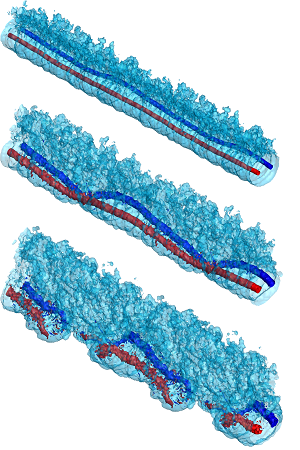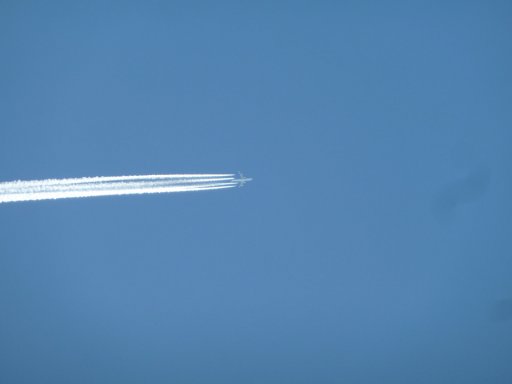Jan-61
Member
Nice pics around here!
About the 'crow instability' (what has it to do with crows?): by this we recognize 4-engine-jets. I noticed that when a B747/A380/A340 leaves a persistent ctrl, these 'hybrid' crow-instability-curls convert towards virga-shapes. I guess the virga-trail above the Berlin high-tension-pylons came from a 4-engine jet. Any other ideas?
BTW, I read the Hybrid-ctrls-log on contrail science.
Jan.
About the 'crow instability' (what has it to do with crows?): by this we recognize 4-engine-jets. I noticed that when a B747/A380/A340 leaves a persistent ctrl, these 'hybrid' crow-instability-curls convert towards virga-shapes. I guess the virga-trail above the Berlin high-tension-pylons came from a 4-engine jet. Any other ideas?
BTW, I read the Hybrid-ctrls-log on contrail science.
Jan.




















